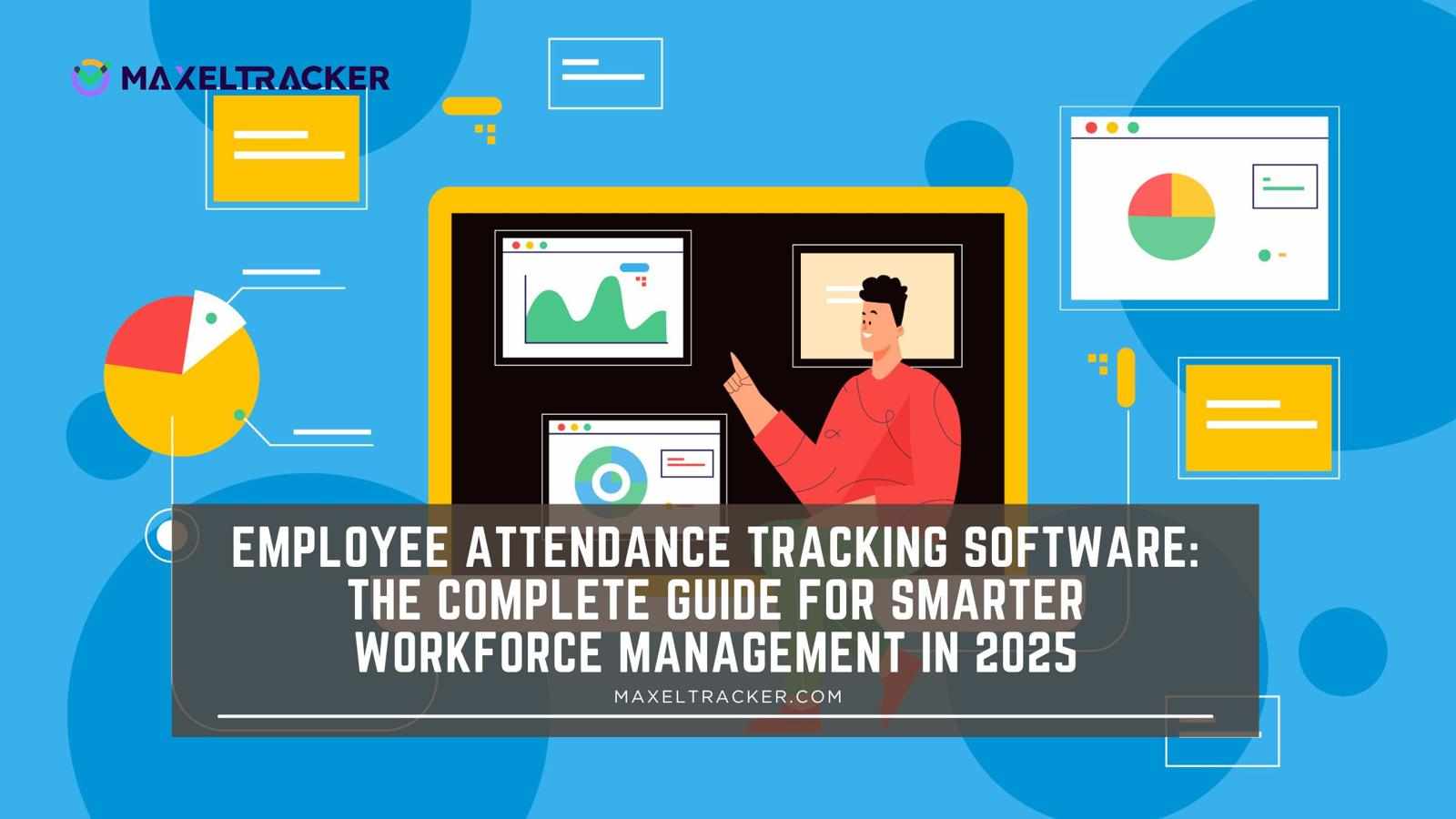
Introduction
Walk into almost any office, factory, or retail store and ask managers about their biggest daily headaches—most will tell you the same thing: tracking employee attendance.
Employees forget to clock in or clock out, managers spend hours cross-checking work hours logs, HR teams face payroll disputes, and businesses risk non-compliance with labor laws. On top of that, outdated systems leave the door open to buddy punching (when employees log in for absent colleagues) and time theft—both of which cost companies thousands every year.
In a world where businesses are fighting for efficiency, productivity, and compliance, this old way of handling attendance is simply not sustainable.
That’s where employee attendance tracking software comes in. More than just digital punch clocks, these systems are designed to:
Improve time management across teams
Ensure accurate attendance monitoring.
Provide reliable employee presence records.
Automate shift scheduling and leave management
Enable smarter report generation and productivity tracking.
This article will explore everything you need to know about employee attendance tracking software in 2025—what it is, why it matters, what features to look for, top tools on the market, and how to choose the right solution for your business.
Understanding the Target Audience
The need for employee attendance tracking software spans industries and company sizes, but the challenges look different depending on who you ask.
Small Businesses & Startups
Often rely on spreadsheets or paper records.
Struggle with manual data entry errors.
Need affordable, simple solutions that help with time management and payroll accuracy.
Medium-Sized Companies
Deal with higher staff numbers and complex shift scheduling.
Require cloud-based attendance monitoring for hybrid or remote employees.
Need stronger integrations with payroll, HR, and compliance systems.
Large Enterprises
Manage thousands of employees across multiple locations.
Require biometric authentication and AI-driven productivity tracking.
Seek scalable solutions with advanced report generation and analytics.
Remote & Hybrid Teams
Employees log hours from multiple locations.
Need mobile-based clock-in clock-out systems with geolocation features.
Require seamless leave management across time zones.
The pain points across these groups include:
Payroll disputes caused by missing or inaccurate work hours logs
Compliance risks with overtime, break laws, and leave policies
Time theft and buddy punching are undermining fairness.
Administrative overhead in monitoring attendance manually
What is Employee Attendance Tracking Software?
At its core, employee attendance tracking software is a digital solution designed to monitor, record, and manage employee attendance with precision and automation. Unlike the old-fashioned paper registers or punch clocks, today’s systems are cloud-powered, mobile-ready, and often enhanced with biometrics and AI.
Definition
Employee attendance tracking software is a tool that allows businesses to automatically record employee presence records, track working hours, manage clock-in clock-out systems, and simplify shift scheduling and leave management.
Evolution
Past: Manual registers and punch cards (error-prone, easily manipulated).
Present: Cloud systems with mobile apps, biometric authentication, and automated report generation.
Future: AI-driven productivity tracking, predictive absenteeism detection, and blockchain-backed data security.
Core Functions
Real-time attendance monitoring
Automated work hours logs for payroll
Centralized employee presence records
Built-in leave management systems
Customizable report generation for HR and compliance audits
According to SHRM, companies lose nearly 20% of their payroll annually to time theft, absenteeism, and inaccurate attendance tracking. Software reduces these losses dramatically by ensuring fair, accurate, and automated logging.
Benefits of Employee Attendance Tracking Software
Adopting employee attendance tracking software isn’t just about replacing a manual register with a digital one—it’s about transforming how organizations manage their workforce. Here are the most important benefits:
1. Accuracy and Error Reduction
Manual tracking is full of risks—missed entries, wrong dates, or even intentional manipulation. Automated attendance monitoring ensures every employee's presence record is precise. With built-in checks like biometric authentication and geo-tagging, businesses can trust the data.
2. Time Savings for HR and Managers
Instead of chasing missing work hours logs or correcting payroll disputes, HR teams can rely on automated dashboards. What used to take hours—such as verifying overtime or preparing report generation—now takes minutes.
3. Legal and Compliance Support
Labor laws demand accurate records of shift scheduling, break times, and overtime. Non-compliance can result in fines, lawsuits, or reputational damage. Attendance software provides legally valid records, reducing compliance risks.
4. Increased Transparency and Fairness
When employees know that their clock-in clock-out system is automated, disputes over attendance decrease. This builds trust, enhances fairness, and strengthens workplace culture.
5. Remote and Hybrid Work Enablement
As remote work continues, attendance systems with mobile apps allow employees to log work hours from anywhere. Features like geofencing ensure employees are checking in from approved locations.
6. Productivity Tracking and Insights
Beyond just recording presence, these systems help managers measure productivity tracking. For instance, they can highlight patterns like late arrivals, frequent absenteeism, or extended breaks, empowering HR to take corrective action.
Features to Look for in Employee Attendance Tracking Software
Not all systems are created equal. If you’re evaluating options, make sure the software includes the following features:
Biometric Authentication
Prevents buddy punching and fraud by using fingerprints, facial recognition, or iris scans.
Clock-In Clock-Out Systems
Flexible options (biometric, RFID, mobile app, web portal) ensure employees can easily record their hours.
Work Hours Logs & Attendance Monitoring
Automatic logging ensures every employee's presence record is stored securely and in real time.
Shift Scheduling Tools
Helps managers assign shifts, avoid conflicts, and adapt schedules based on staffing needs.
Leave Management Integration
Centralizes requests for vacations, sick leave, and other absences—reducing manual follow-ups.
Report Generation & Analytics
Customizable reports for payroll, compliance audits, and productivity assessments.
Mobile Accessibility
Allows employees to check in remotely, ideal for hybrid or field teams.
Cloud-Based Data Storage
Ensures scalability and accessibility, eliminating the risk of data loss from hardware failures.
Employee Attendance Tracking Software in 2025: Trends to Watch
The future of attendance management is intelligent, automated, and seamlessly integrated into business operations. Here are the top trends shaping 2025:
AI-Powered Predictions
Software can now predict absenteeism trends and flag at-risk employees. For example, if an employee frequently arrives late, the system can alert HR proactively.
Blockchain for Security
Blockchain-based employee presence records ensure tamper-proof data, making attendance logs more trustworthy for compliance and audits.
Wearables and Smart Devices
Companies are beginning to use smart badges or wearables that automatically log attendance, replacing manual clock-in clock-out systems.
Integration with Productivity Tools
Modern systems are syncing with project management and collaboration apps like Slack or Microsoft Teams, providing holistic time management insights.
Personalized Analytics for Managers
Beyond attendance monitoring, managers get data-driven dashboards showing overtime costs, shift patterns, and workforce efficiency—helping in smarter decision-making.
Best Employee Attendance Tracking Software in 2025
With so many options available, choosing the right employee attendance tracking software depends on your business size, budget, and needs. Here are some of the most reliable solutions in 2025:
1. MaxelTracker
Best for small to mid-sized businesses that want a cloud-based attendance monitoring system. Offers clock-in clock-out, shift scheduling, and report generation with a clean interface. Mobile-friendly and cost-effective.
2. BambooHR
An all-in-one HR suite with strong leave management and employee presence record features. Perfect for growing companies that need both HR and attendance tools in one package.
3. Zoho People
Highly customizable, affordable, and integrates work hours logs with payroll. Best suited for small businesses with distributed teams.
4. ADP Workforce Now
Enterprise-grade solution with compliance support, biometric authentication, and advanced analytics for large organizations.
5. Clockify
A free tool popular for time management and productivity tracking, especially useful for freelancers or startups.
6. Deputy
Known for strong shift scheduling features, especially in industries like hospitality and healthcare.
How to Choose the Right Employee Attendance Tracking Software
Selecting the right software requires balancing features, cost, and scalability. Here are questions to guide your decision:
Does it support biometric authentication to prevent time theft?
Can it handle complex shift scheduling across multiple teams or locations?
Is the clock-in clock-out system flexible for mobile, biometric, and web-based use?
Does it provide report generation for payroll and compliance audits?
How well does it integrate with existing HR or payroll systems?
Is it user-friendly for employees as well as managers?
Does it support hybrid and remote teams with mobile attendance monitoring?
Common Mistakes Businesses Make When Choosing Attendance Software
Even with so many good options, companies often fall into these traps:
Choosing based on price alone → Cheap software without scalability often becomes expensive long-term.
Ignoring employee adoption → A feature-rich tool is useless if employees resist using it.
Skipping data security checks → Attendance logs are sensitive data and require secure storage.
Overlooking reporting needs → Businesses often realize too late that their system lacks advanced report generation.
Not planning for growth → A system perfect for 20 employees may not scale to 200.
Case Studies: Real-World Benefits of Attendance Tracking Software
Case Study 1: Small Retail Chain
A retail chain with 50 employees struggled with buddy punching and payroll disputes. After implementing cloud-based attendance monitoring, payroll errors dropped by 30%, and managers saved 10 hours weekly on manual corrections.
Case Study 2: Remote IT Company
An IT firm with remote workers across three countries adopted mobile-based work hours logs with geofencing. Compliance improved by 45%, and employee satisfaction rose due to transparent leave management.
Case Study 3: Large Manufacturing Enterprise
A factory with 2,000 workers integrated biometric authentication and shift scheduling with payroll. Administrative overhead dropped by 50%, and managers gained real-time insights for productivity tracking.
Conclusion: Building Smarter Workplaces with Attendance Software
In 2025, employee attendance tracking software is no longer a “nice-to-have”—it’s essential. Businesses that rely on manual registers or outdated punch clocks risk errors, inefficiencies, and compliance headaches.
By embracing modern systems with biometric authentication, shift scheduling, leave management, report generation, and productivity tracking, organizations can:
Reduce payroll errors and disputes
Ensure compliance with labor laws
Save time for HR and managers
Build trust and fairness among employees
Empower smarter time management and workforce decisions
The right attendance software doesn’t just track hours—it transforms workplace culture. It creates transparency, accountability, and efficiency across the board.
If your organization is ready to streamline attendance, cut costs, and modernize workforce management, platforms like MaxelTracker are designed to help you make that shift confidently.

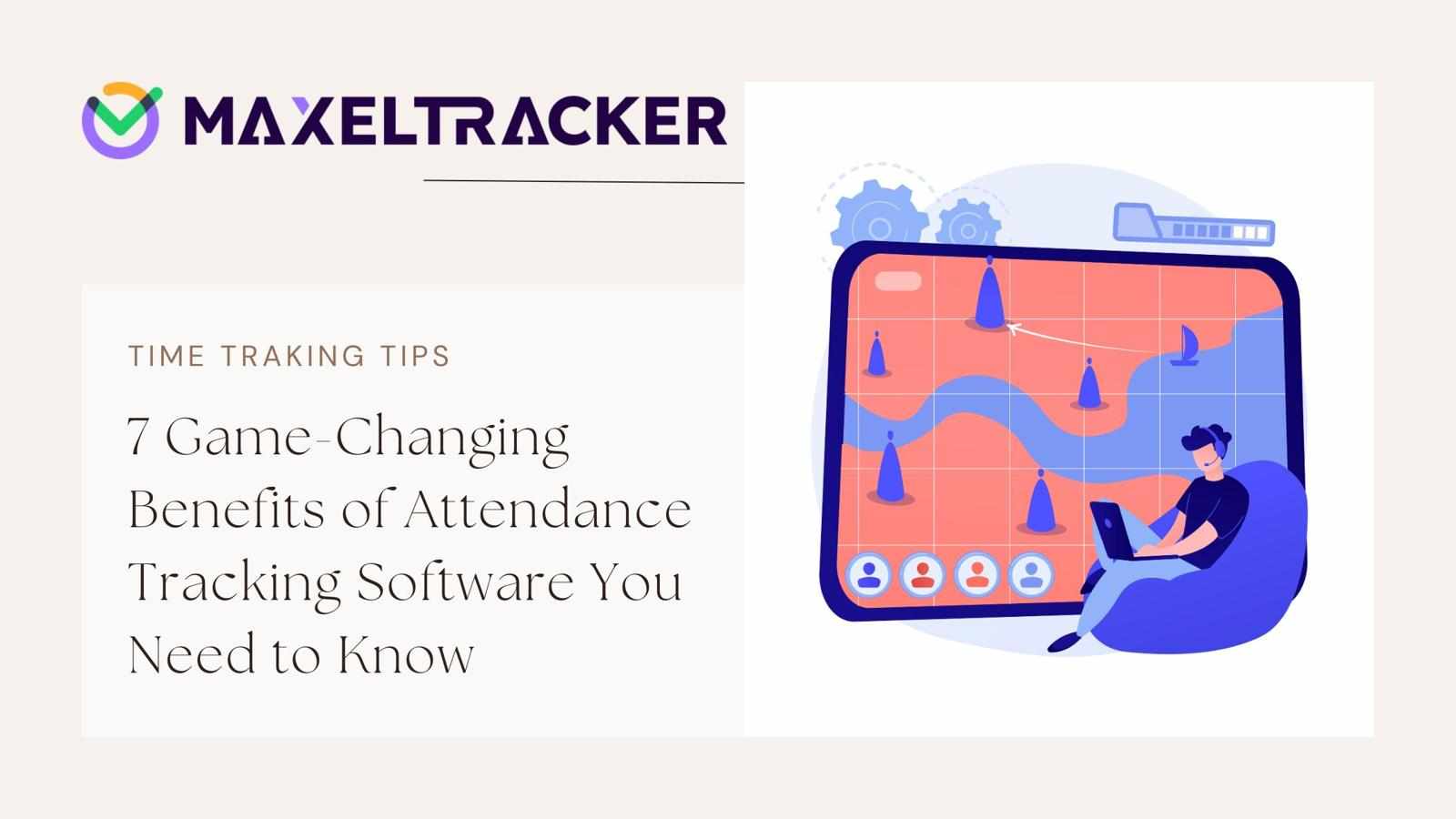
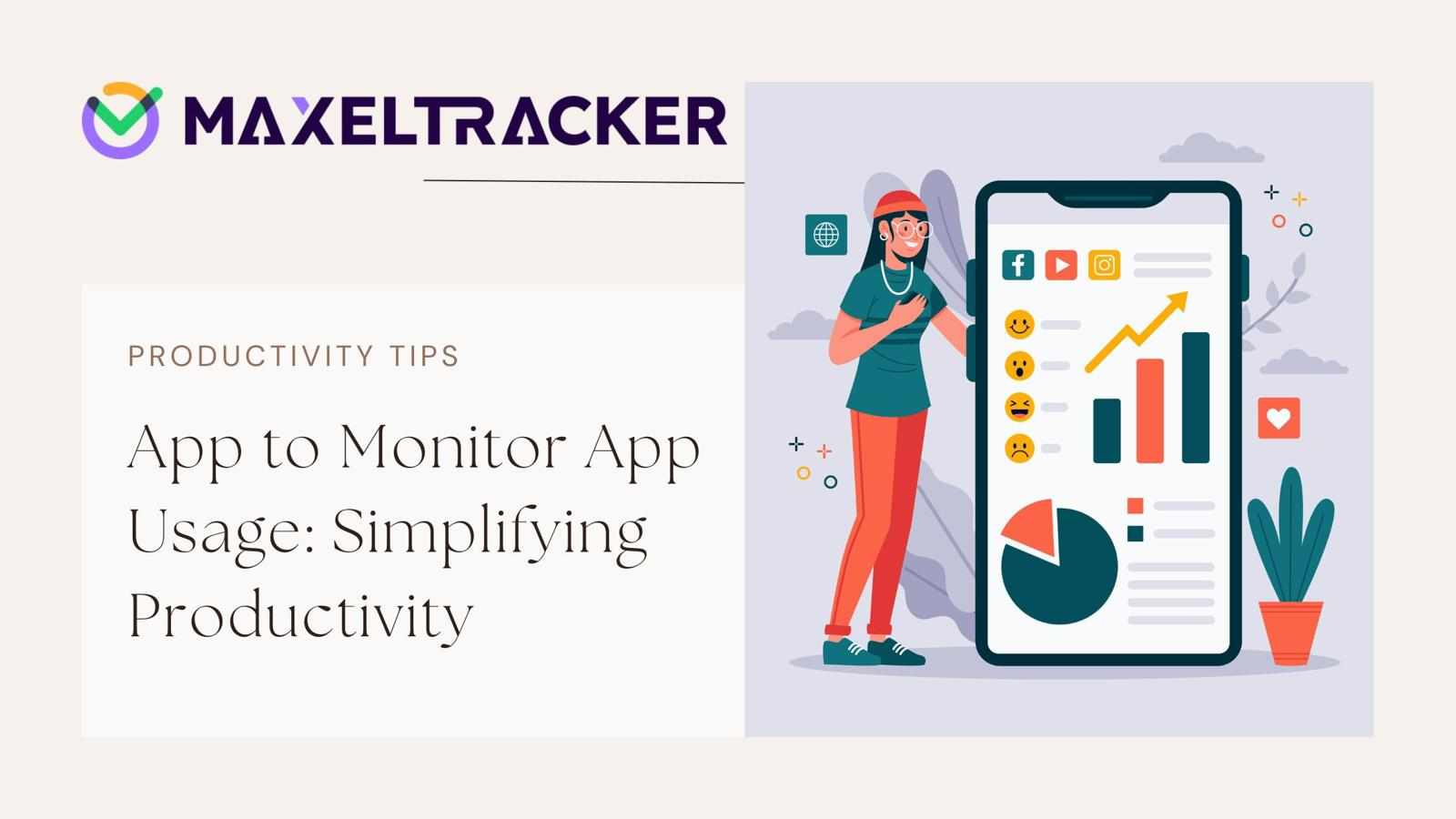
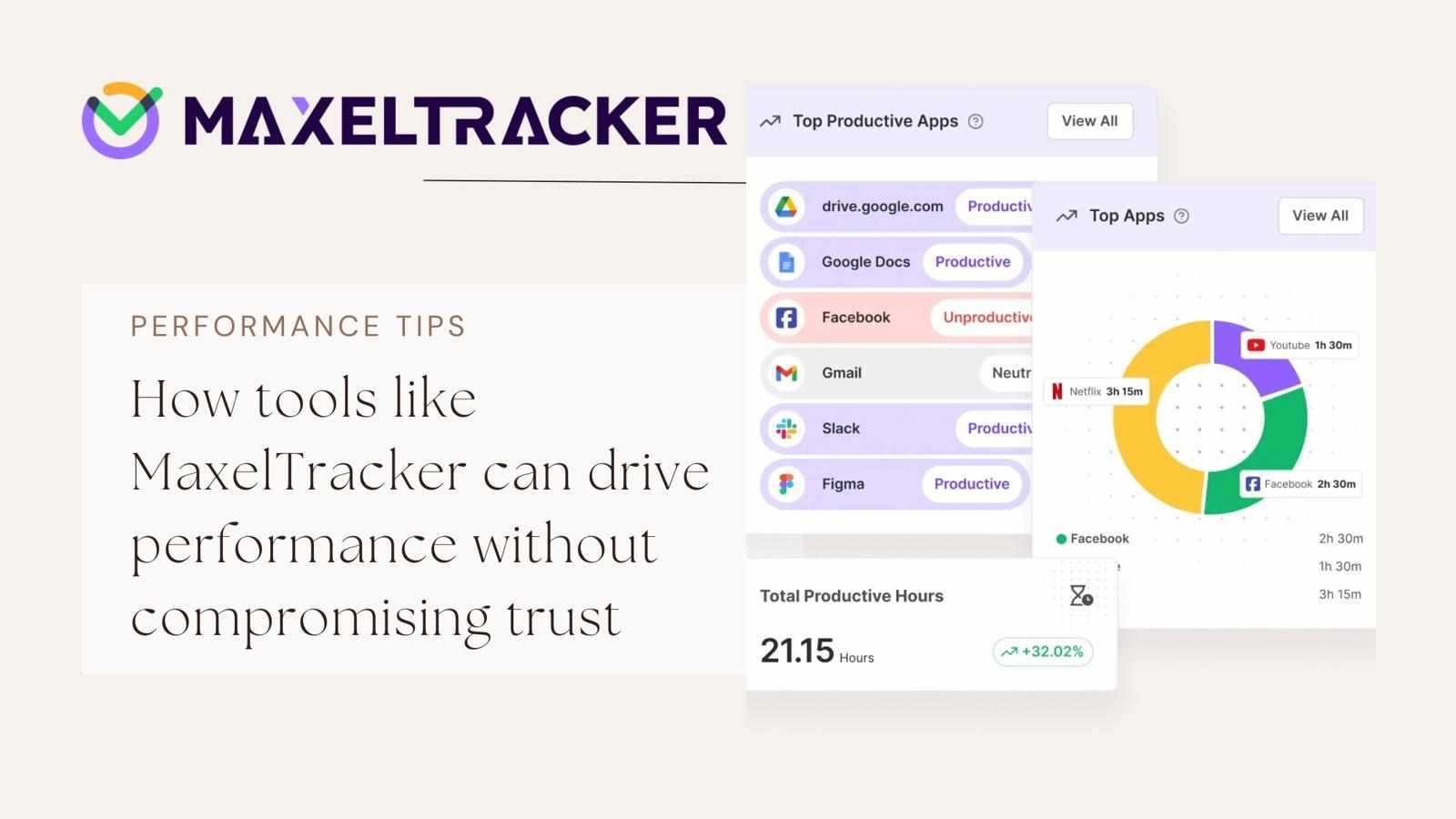
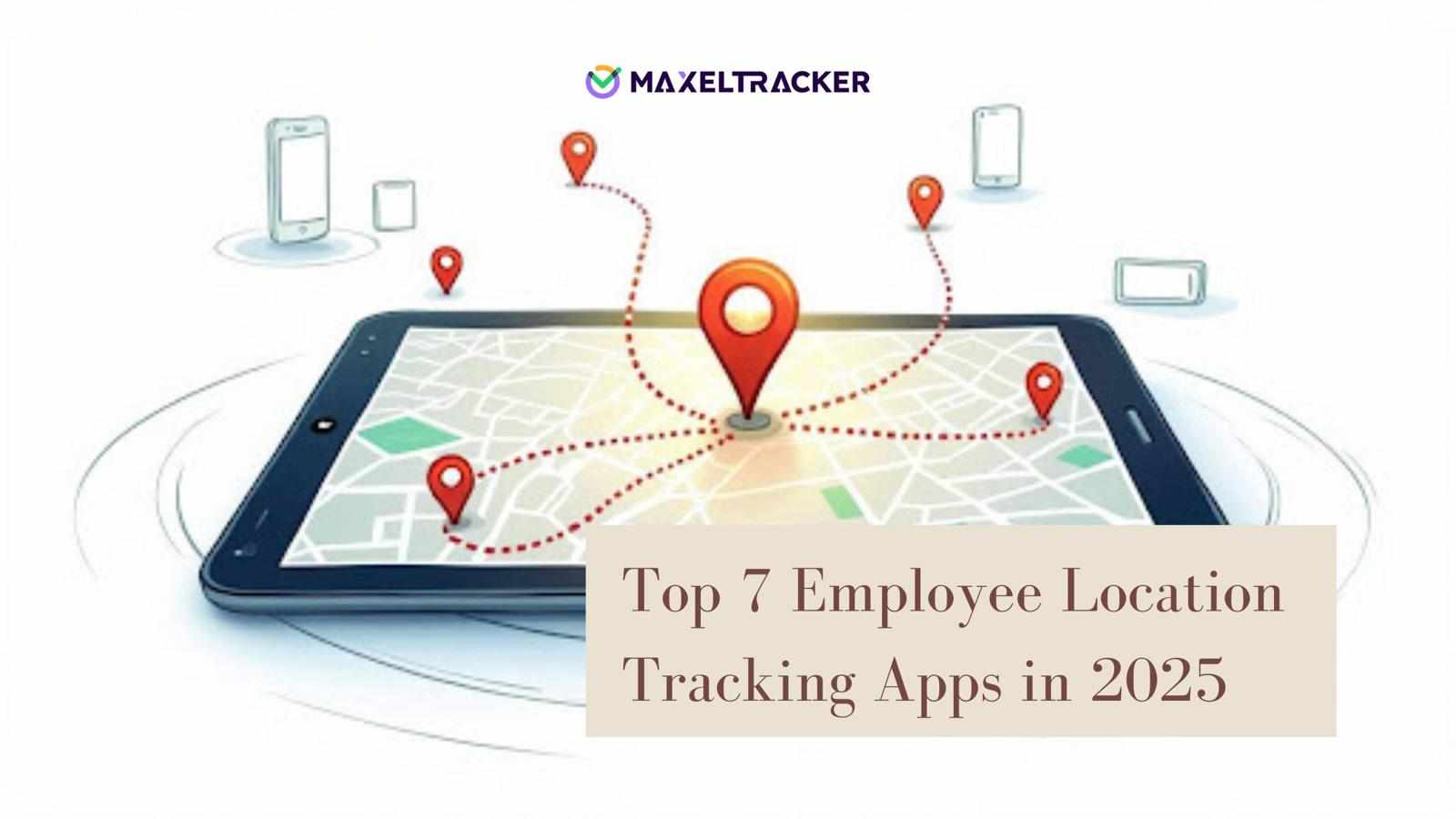
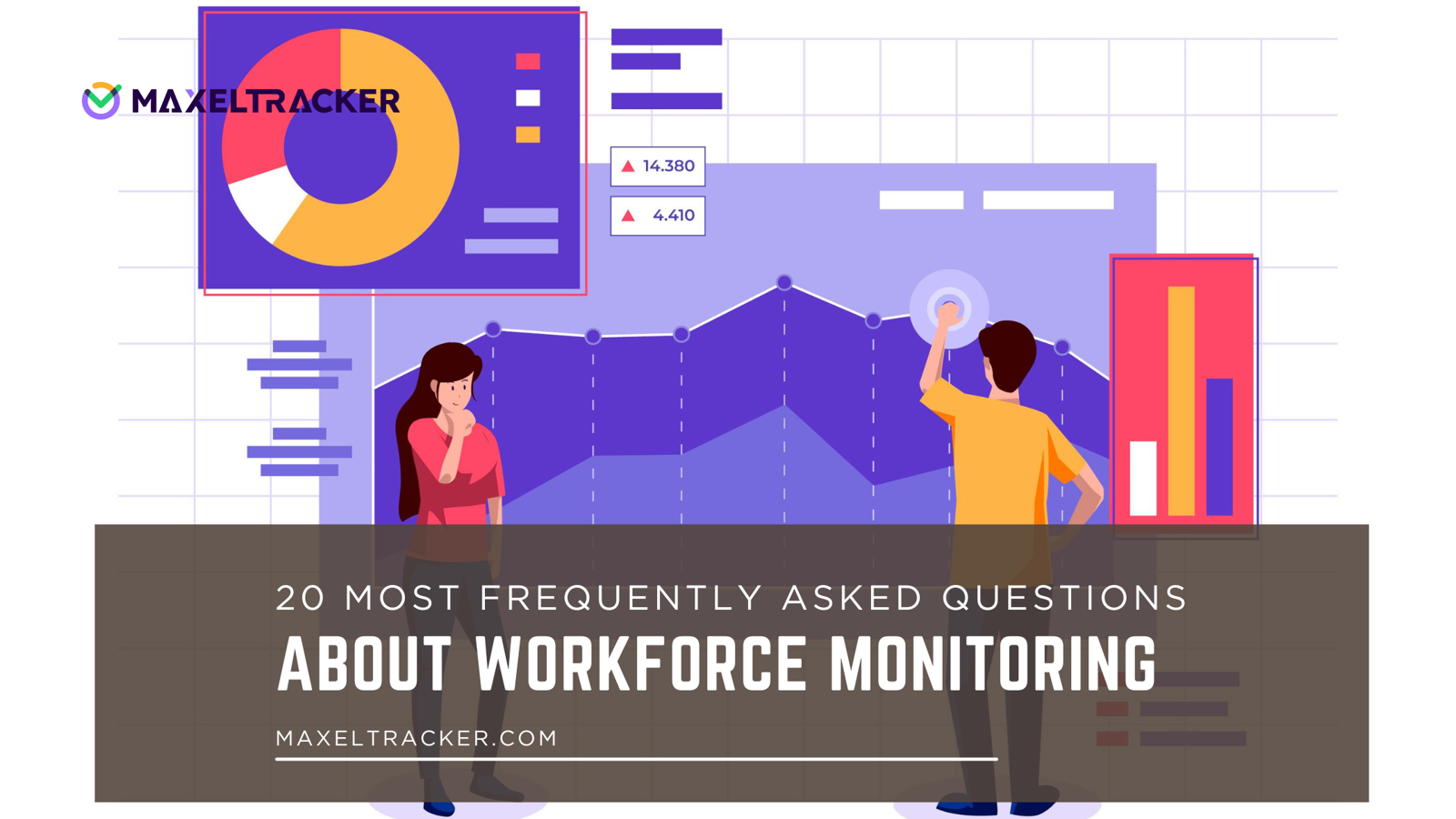

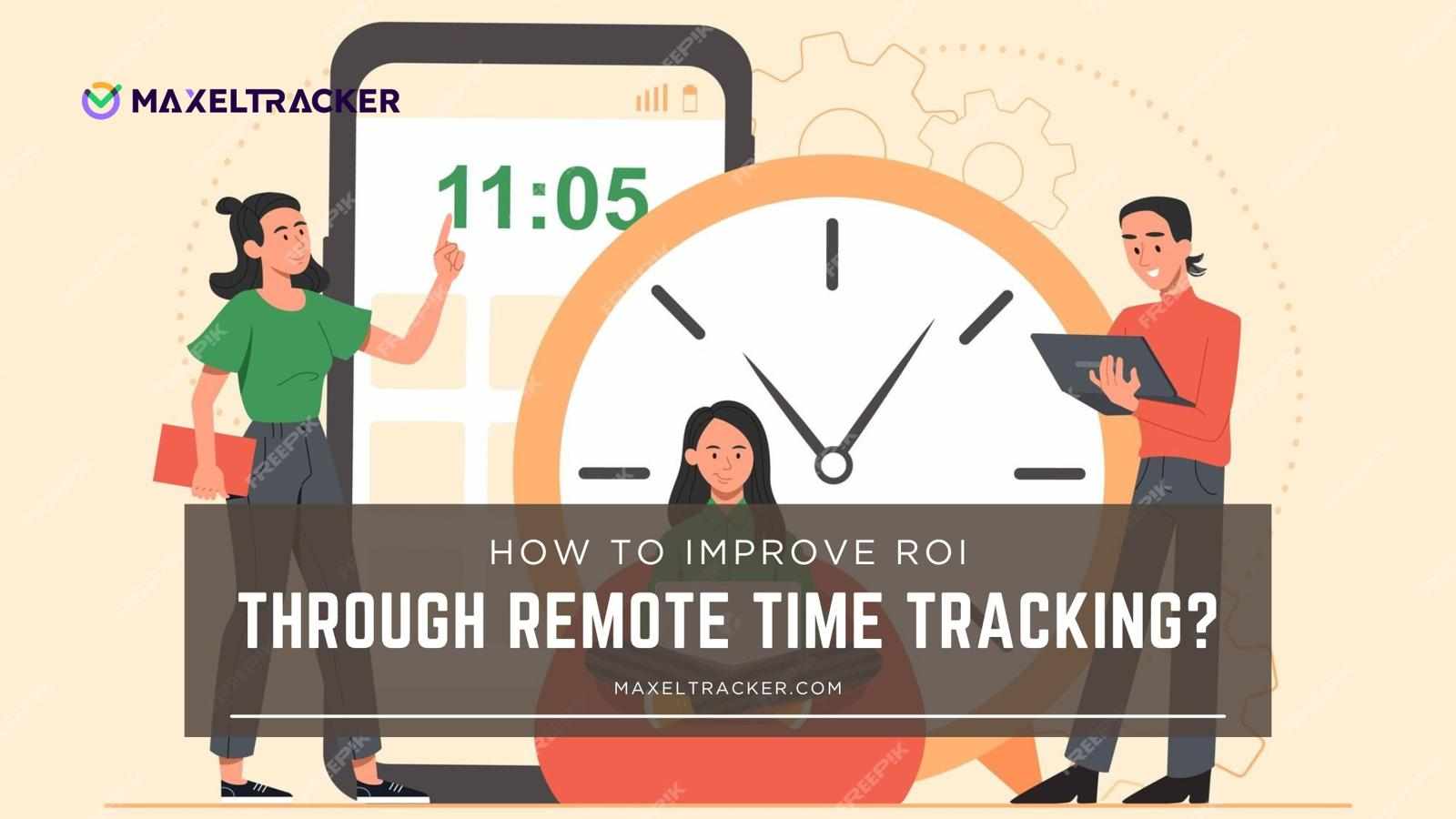
Write a comment ...